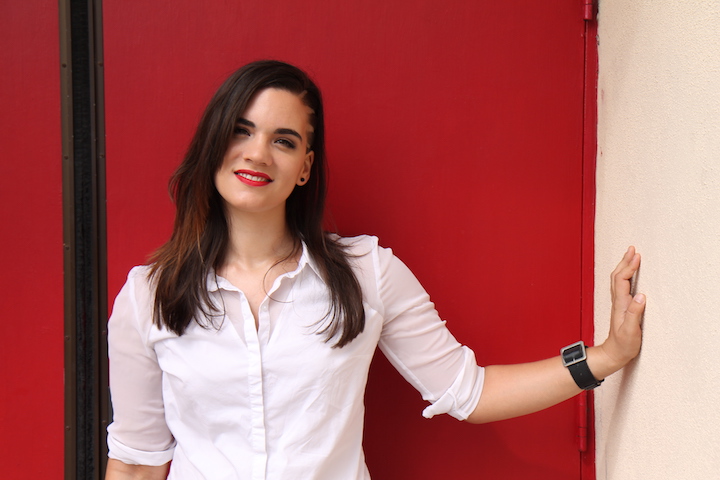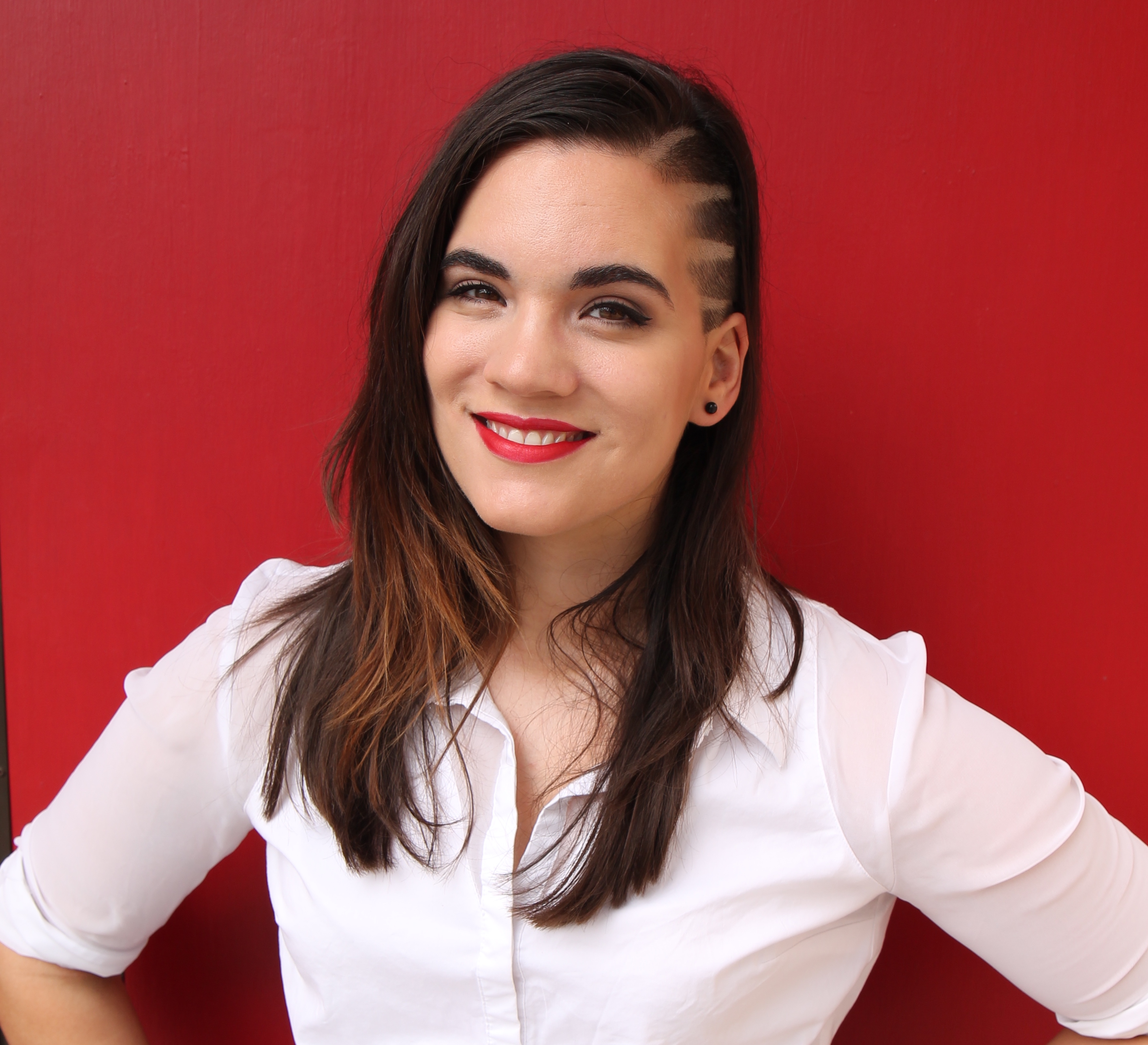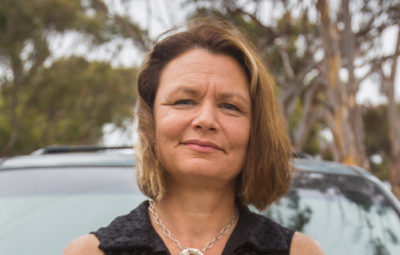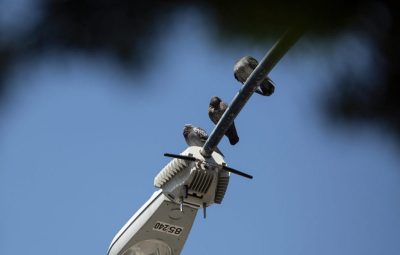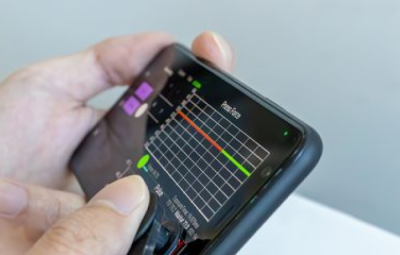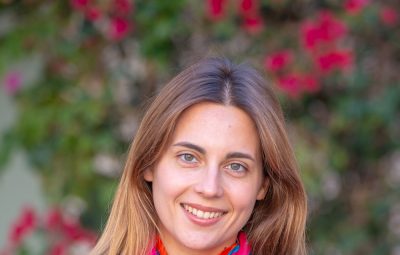The Design Lab has long lasting impacts. Catherine Hicks has seen the Design Lab since its inception. After starting out as a postdoctoral researcher in the lab, she took her expertise to Google as a Learning Evaluation Analyst and is currently the co-founder of Signal IO, a startup that develops software to support engineering teams.
Q: How did you get involved in the Design Lab?
A: I met Scott Klemmer at UC San Diego while I was in the last year of my PhD in Experimental Psychology. We shared a research colleague who introduced us, and we had a long lunch together where we chatted about learning, technology, and cross-discipline challenges in bringing those things together. I quickly realized that across different backgrounds, we were interested in some of the same exciting problems.
Q: What was your role in the Design Lab?
A: During the Design Lab’s inaugural year, I was the first postdoc researcher in the lab, working with Scott’s research group on challenges in scaling learning, particularly for virtual environments. Along with Ailie Fraser and Vineet Pandey, I focused on questions about how we can take principles from learning science and put them into technology design in a way that supports adaptive human behavior. We were especially interested in the recent use cases for large online learning systems such as massive open online courses, but also in how future technology could cultivate a virtual studio environment. One of my long-standing research questions centers on how we can create safe spaces for giving feedback and disclosing mistakes, especially for people who are new to a domain.
Some of Scott’s students and collaborators at Stanford created a tool called Peer Studio, which was an online system that people could use to trade feedback on their work. I was interested in how peers help each other learn, and I wanted to ask what design choices push users toward more productive learning behaviors. We ran several experiments where we looked at different features that we could change in the tool itself—for example, how the system divided a review task , and whether or not users could see early drafts of work. These choices impacted the content of the reviews that people wrote: when users were able to see an earlier, rough draft version of the work they were reviewing, they gave more developmental and growth-oriented feedback.
Q: What is your relationship with Google and what work have you done since leaving the Design Lab?
A: I’ve had a few different relationships with Google. My first experience with research at Google was in 2013, when I joined the People Analytics team as a PhD intern and worked on some large statistical analyses exploring questions about internal mobility within the workforce. I joined the People Development team at Google fulltime in 2016 as a learning scientist and evaluation analyst. My experience there was varied and interesting, as I consulted across multiple teams to build out a research program that informed learning and development strategy for employees. I worked on a wide range of projects, from large survey analysis to qualitative interviewing projects.
Currently, with Chapman Snowden I’ve launched a San Francisco-based startup, Signal IO, which is centered on decreasing technical debt for engineering teams and increasing collaboration for developers. At Signal I’m both a co-founder and the head of research, which has been a really fascinating opportunity for me to bring together my experience in academic learning science, high tech, and mixed-methods research. My research focus started with the basic science behind learning environments. In the Design Lab, I got to apply that work towards the development of complex human-technology systems, and at Google, I worked to inform embedded systems within a nexus of business and development strategies. Now, I get to bring all of those pieces together into our startup work as we develop software that tackles day-to-day learning and decision-making processes for knowledge workers.
Q: How do you think the Design Lab influenced you?
A: The Design Lab has had a deep influence on my thinking: it provided an opportunity to get exposure to and learn from a diversity of talented and hard-working researchers, and fundamentally, to really think about how people with different backgrounds can come together to solve problems. The Design Lab built a culture that echoed the classical liberal arts belief that everyone should be able to immerse themselves broadly across multiple disciplines. When you are allowed to do that, especially as a young researcher, you get to live in an environment where you see more methods than you could have mastered on your own, and ask more questions than you could have tackled on your own. Something really lovely happens out of that, something that’s hard to find in more traditional academic spaces. The Design Lab was a very creative space, a space that prioritized interdisciplinary and collaborative problem-solving, and it’s a rare gift to get to live in that space.
